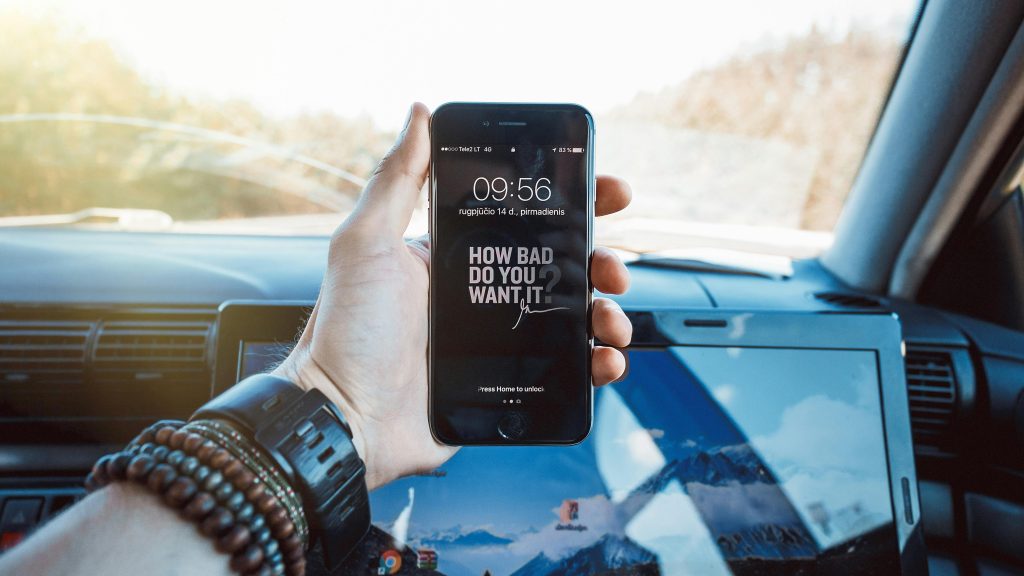Introduction
Staying motivated can feel daunting when big goals loom on the horizon—whether it’s writing a book, overhauling your health, or launching a side hustle. The sheer scale of these ambitions often leads to procrastination, overwhelm, and stalled progress. Micro-motivation techniques tackle this by breaking down large objectives into bite-sized actions that are easy to start and—even better—to finish. These tiny wins spark just enough dopamine to keep you going, foster momentum, and build confidence one small step at a time. In this deep-dive, we’ll define micro-motivation, explain why it works, explore a suite of proven techniques, and show you exactly how to weave them into your daily routine for sustained progress.

What Is Micro-Motivation?
Micro-motivation refers to strategies that ignite brief spurts of drive by focusing on minuscule, immediately achievable steps rather than the entire end goal. Instead of aiming to “write a chapter,” you commit to “write for two minutes” or “draft one sentence.” Success at this micro level:
- Lowers the activation barrier by making the first step trivial
- Triggers quick wins that release dopamine, reinforcing behavior
- Builds psychological momentum so it’s easier to continue into larger tasks
Analogy: Picture pushing a heavy car uphill. At first it barely budges—but once you shove it a few inches, the momentum makes the next push noticeably easier.
Why Micro-Motivation Matters
- Defeats Procrastination: Overwhelm dissolves when tasks shrink to seconds or minutes.
- Enhances Consistency: Small habits are sustainable, turning repetition into routine.
- Reduces Decision Fatigue: Pre-defined micro-steps eliminate the “what should I do first?” paralysis.
- Strengthens Self-Efficacy: Regular tiny successes build confidence in your ability to follow through.
- Adapts to Busy Schedules: Even on your worst days, you can carve out two-minute actions.
Expert Insight:
“Motivation is fleeting, but small habitual behaviors become automatic over time, freeing your willpower for more complex decisions.”
— Dr. BJ Fogg, Behavioral Scientist at Stanford University
Core Micro-Motivation Techniques
1. Implementation Intentions (If-Then Planning)
What it is: Pre-commitment statements that link a specific cue to a micro-action.
- Format: “If [cue], then I will [tiny behavior].”
- Example: “If it’s 8 AM, then I will do two push-ups.”
Why it works: By specifying a clear context and action, you bypass willpower battles and turn motivation into automatic response.
2. The Two-Minute Rule
What it is: Inspired by David Allen’s Getting Things Done: “Any task that takes less than two minutes should be done immediately.”
- Application: Break larger tasks into two-minute chunks: “Read one paragraph,” “Sort three emails,” “Do five squats.”
Why it works: Completing something right away exploits the Zeigarnik effect—our tendency to finish what we start—and the satisfaction of clearing small items off your list.
3. Micro-Habits and Habit Stacking
What it is: Attach a new micro-action to an existing habit.

- Format: “After [current habit], I will [new micro-habit].”
- Example: “After I brush my teeth, I will meditate for one minute.”
Why it works: Leveraging an established routine’s neural pathway makes the new behavior easier to adopt.
4. Visual Cues and Reminders
What it is: Physical or digital signals that prompt the micro-action.
- Examples:
- Post-it notes on your monitor: “Do 10 calf raises.”
- Phone notification at a set time: “Write one sentence.”
- A glass of water by your keyboard: “Drink before starting work.”
Why it works: Visible prompts serve as external triggers, reducing reliance on memory and willpower.
5. Gamification and Reward Micro-Steps
What it is: Turning micro-actions into a game with immediate rewards.
- Examples:
- Award yourself a point for every two minutes of writing; after 10 points, enjoy a 5-minute break.
- Use apps like Habitica to level up your avatar for each micro-habit completed.
Why it works: Instant gratification from small rewards keeps the brain’s reward circuits engaged in the long run.
6. Progress Tracking and Micro-Goals
What it is: Recording each micro-action and visualizing small wins.
- Methods:
- Bullet journal habit trackers with daily checkmarks.
- A simple spreadsheet logging micro-actions and completion times.
- Apps like Streaks or Loop that show consecutive days of success.
Why it works: Seeing a sequence of checks or streak bars taps into loss-aversion—you’re motivated not to “break the chain.”
7. Mindful Micro-Breaks
What it is: Brief pauses for breathing or stretching to reset focus.

- Examples:
- 30-second box breathing every hour.
- A one-minute desk stretch or neck roll.
Why it works: Small pauses recharge your attention and prevent decision fatigue, making it easier to tackle subsequent micro-tasks.
Integrating Micro-Motivation into Daily Routines
- Morning Kick-Start:
- Upon waking, do a one-minute bodyweight exercise (sit-ups, squats).
- Benefit: Immediate sense of accomplishment sets a positive tone.
- Workday Blocks:
- Use a 90-minute cycle: two 40-minute deep-work sessions interleaved with 5-minute micro-breaks and a two-minute review.
- Benefit: Balances productivity with recovery.
- Pre-Sleep Ritual:
- Tie a gratitude jot (one sentence) to nightly routine.
- Benefit: Cultivates reflection and ends your day on a high note.
Pro Tip: Schedule your toughest micro-habits when your energy peaks (often mid-morning), and reserve simpler actions for low-energy times.
Real-Life Examples
- Author’s Writing Habit:
- Goal: Finish a novel.
- Micro-technique: “Write for just two minutes each day.”
- Outcome: After two months, the author had accumulated over 20,000 words—enough for a full first draft.
- Entrepreneur’s Email Overhaul:
- Goal: Zero inbox by year-end.
- Micro-technique: “Deal with three emails each time I refill my coffee.”
- Outcome: Inbox consistently remained under five messages, and “zero inbox” was achieved in six weeks.
- Fitness Novice:
- Goal: Build strength.
- Micro-technique: “Do five push-ups after each bathroom break.”
- Outcome: Within three months, the novice progressed from knee push-ups to full standard push-ups.
Overcoming Common Challenges
| Challenge | Micro-Solution |
|---|---|
| “I forget to do my micro-action.” | Attach it to an existing cue or set a reminder. |
| “It feels too trivial.” | Remember: small wins compound into big gains. |
| “I skip on busy days.” | Reduce the micro-step even further (e.g., one rep). |
| “No time for tracking.” | Use a simple checkmark on paper rather than an app. |
Insight: Progress > perfection. Even a one-second action is better than skipping entirely.
Conclusion

Micro-motivation techniques empower you to conquer procrastination, build consistency, and accumulate momentum through trivial-yet-meaningful actions. By leveraging implementation intentions, the two-minute rule, habit stacking, visual cues, gamification, and mindful breaks, you transform overwhelming ambitions into a series of tiny triumphs. Start by identifying one micro-action aligned with your biggest goal, schedule it with a clear cue, and celebrate each small win. Over time, these minuscule victories will ripple outward—fueling progress, enhancing self-confidence, and proving that big results truly begin with tiny steps.








